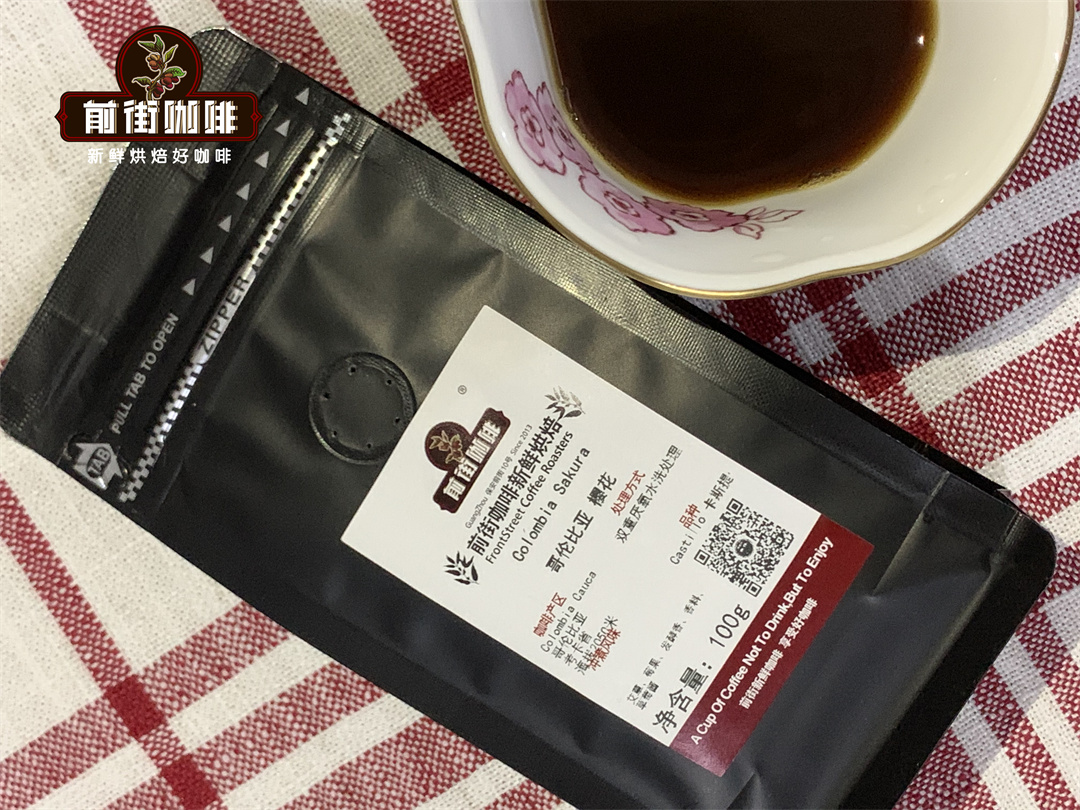How do you drink Colombian coffee? is Colombian coffee suitable for espresso or hand-brewed coffee?
Colombia produces some of the best coffee beans in the world. Balanced, mellow, smooth and full-bodied, with delicious aromas of fruit, caramel, bright acidity and a lingering finish, these unroasted raw coffee beans are available. Colombian raw coffee beans can be roasted deep without becoming bitter, which makes them ideal for making espresso and milk drinks such as macchiato and cappuccino, but they can also make great air-pressed coffee.
Colombia grows about 12 per cent of the world's coffee, but unlike large producers such as Brazil and Vietnam, it produces only high-quality Arabica beans, almost entirely on small sustainable family farms with an average of five acres. The most common Arabica varieties are Typica, Caturra, Bourbon and Maragogype.
The coffee industry in Colombia is heavily regulated and the highest quality coffee beans are used exclusively for export markets. Unusually, coffee beans are graded not by quality but by size. Supremo beans are the biggest. However, individual bean size is not a reliable indicator of quality, and it is entirely possible to find two grades of good beans and bad beans.
Coffee has been grown in Colombia since the 18th century. Legend has it that Jesuit priests brought the first coffee seeds from the French colony of Guyana in the early 1700s. But it was not until the 19th century that commercial coffee exports began, exporting 2500 pounds of coffee to the United States for the first time in 1835. Today, Colombia is the largest exporter of coffee to the United States, with exports of $1.25 billion in 2017.

Today, coffee cultivation is Colombia's largest single industry, employing 500000 farmers, providing 800000 direct jobs and 2.2 million acres of arable land. But for Colombians, coffee production is not just an industry, it is also an integral part of their national identity.
Due to the huge differences in coffee varieties and growing areas, no two Colombian coffees are the same. However, they are usually mild, with distinct aromas, bright acidity and smooth, rich and full-bodied wines, making them ideal for espresso mixtures to balance other stronger flavors that may overwhelm the taste.
Green Colombian boutique coffee beans have a wide range of uses and can be roasted lightly, moderately or deeply according to taste. Light roasting tends to work best because it retains bright acidity, delicate floral and citrus qualities, and chocolate and caramel flavors. Medium to deep baking produces stronger aromas and sweeter, more full-bodied cocoa flavors.
Important Notice :
前街咖啡 FrontStreet Coffee has moved to new addredd:
FrontStreet Coffee Address: 315,Donghua East Road,GuangZhou
Tel:020 38364473
- Prev

What is the anaerobic treatment of coffee? what is the difference in the taste of coffee between anaerobic solarization and anaerobic washing coffee?
During this period of time, coffee processing doesn't seem to be anaerobic, so it can't be called innovation. In fact, anaerobic treatment is not sophisticated. Put the fresh coffee fruit in a stainless steel bucket with an one-way valve. As carbon dioxide is released, oxygen is constantly replaced, which is anaerobic; putting fresh fruit in a sealed bag and draining excess air is also anaerobic. So, it's not so hard to be anaerobic.
- Next

Coffee Historical Origin Development Culture Ethiopian Coffee Culture Coffee Origin Myth
Coffee was first found in the Kaffa region of southwestern Ethiopia, and it is said that a shepherd named Kaldi found that his goat behaved strangely after eating cherries he found growing on a tree there. Kaldi personally tasted the cherries and shared them with his neighbors, who all felt a similar effect and were significantly more energetic. Ethiopia
Related
- Beginners will see the "Coffee pull flower" guide!
- What is the difference between ice blog purified milk and ordinary milk coffee?
- Why is the Philippines the largest producer of crops in Liberia?
- For coffee extraction, should the fine powder be retained?
- How does extracted espresso fill pressed powder? How much strength does it take to press the powder?
- How to make jasmine cold extract coffee? Is the jasmine + latte good?
- Will this little toy really make the coffee taste better? How does Lily Drip affect coffee extraction?
- Will the action of slapping the filter cup also affect coffee extraction?
- What's the difference between powder-to-water ratio and powder-to-liquid ratio?
- What is the Ethiopian local species? What does it have to do with Heirloom native species?

